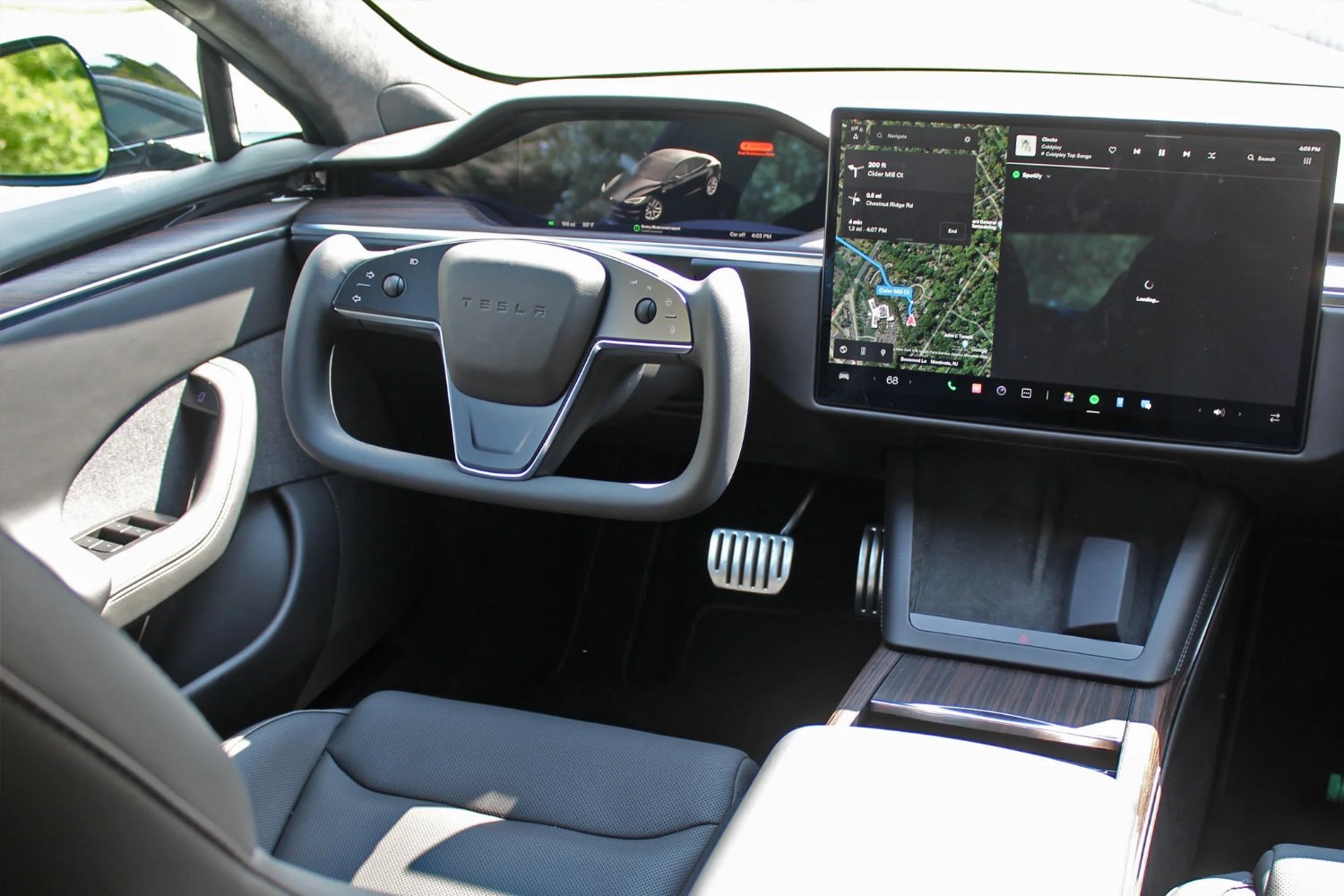Major Tech Trends Reshaping the Automotive Industry in 2024
The automotive industry was one of the many industries to take a major hit during COVID, but it is slowly getting back on track with technology being a major driving force. Despite this gradual recovery, it still has to be wary of challenges like chip shortages and turbulent economic conditions worldwide.
Technology has been playing a transformative role in the automotive industry. Shaped by increasing demand and inducing stability against volatile business conditions, the automotive industry is experiencing breakthrough innovations, which can be regarded as the latest automotive revolution.
This technological innovation largely revolves around environmental sustainability and accessible mobility. This means the oncoming automotive solutions will be more flexible and consumer-centered, leveraged through technology.
Let us have a deep look into what these trends are and how they can reshape your automotive experience.
1. Mobility-as-a-Service (MaaS)
As a solution to provide access to integrated mobility, MaaS incorporates technology to enhance mobility. As a popular alternative to car ownership, MaaS is a cost-effective solution that integrates diverse modes of transportation in a single platform. This is usually an innovative blend of public and private means of transportation like taxis, trains, car rentals, public transport, and more. It can also include car, ride, or even bike sharing as micro-services.
It is facilitated by enhanced connectivity as users will be able to book, pay, and plan rides with just a few clicks on their phones. Users will need constant access to connectivity technologies like 4G, 5G, and wireless internet, which is a major need for constant connectivity. Users will be able to leverage MaaS if they have access to stable mobile data or a public WiFi hotspot like Xfinity which provides access to a dependable network of 22 million WiFi hotspots available throughout the US for its internet users.
2. Electric and Hybrid Cars
At this point, we all know someone who owns a Tesla. With cars like Tesla, electrification has been a rising trend in the automotive industry. As an environmentally sustainable option, electric cars are the top choice in zero-emission technology. Under the Electric Vehicle (EV) umbrella, there are also Hybrid Electric Vehicles (HEV) which can function on both battery and fuel. Electric cars run on rechargeable batteries and have charging stations instead of fuel. Moreover, battery technology is also evolving as the usually used lithium-ion batteries have their limitations. These are being replaced by solid-state batteries which are more cost-effective, safe, and stable to use.
Major automotive giants like General Motors, Jaguar, Land Rover, Volvo, and Austin Martin are looking to only produce EVs in the future. This has been a breakthrough in the automotive industry’s reformation for a sustainable future.
3. Autonomous Driving for the Automotive Industry
The concept of self-driving vehicles recently made it out of science fiction, and the world is still in awe. In 2024, many eyes are glued to the advancements made in the arena of self-driving technology. Advanced driver assistance system is a technology that enables fully autonomous self-driving cars. Cars with self-driving functionality have multiple external cameras and Lidar with exceptional vision processing capabilities that enable the car to drive itself, in all kinds of traffic. Automation also makes the driving experience safer and mitigates human error.
However, despite major advancements in this arena, fully functional self-driving cars have not yet made it on the roads. Rigorous research and development is happening to make autonomous vehicles function with as little human intervention as possible.
4. Other Technologies Enhancing the Automotive Experience
The trends mentioned above are revolutionizing the industry on a large scale, to address major concerns like environmental sustainability and making mobility more accessible. On the other end, there are small-scale technological innovations rapidly taking place which have the sole focus to incorporate technology and digitalization in cars. These digital solutions enhance the efficiency of vehicles and increase consumer ease.
- Digital Cockpits: Cars with analog fuel gauges and speedometers have already been replaced with digital screens. Car manufacturers are looking to replace car dashboards with sleek, minimalistic digital cockpits with every functionality available through a single touch-screen.
- Automatic Emergency Braking: Technology is playing a vital role in minimizing car accidents. AEB is one such technology that employs sensors to gauge the distance between the car and other vehicles or obstacles. The AEB alerts the driver beforehand of a possible collision and even automatically triggers the car breaks if the collision becomes imminent.
- Exit Warning for Cyclists: To mitigate cyclists crashing in suddenly opened car doors, Ford developed this technology which detects a cyclist coming in and warns the driver to prevent collision. It also warns the cyclist about the car door about to be opened.
Final Thoughts
Technology has triggered a disruptive change in the automotive industry and has been making vehicles safer, environmentally sustainable, and more accessible. The blend of the automotive industry with technology is also expected to combat the current challenges being faced by the automotive industry. This ray of hope has compelled automotive giants to invest in R&D to come up with innovative solutions.
